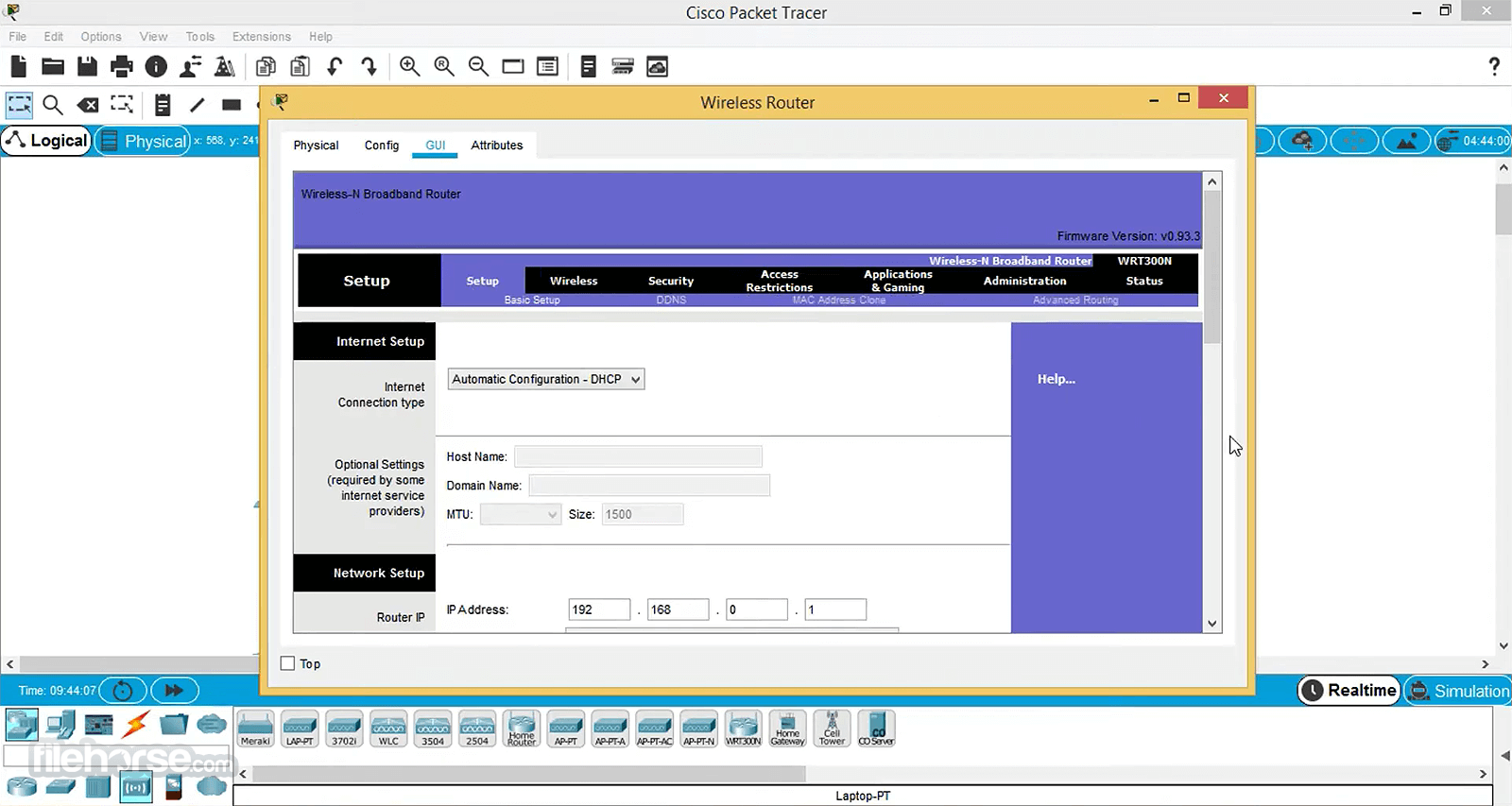- Cisco Packet Tracer Version 6.2
- Cisco Packet Tracer 7.2
- Cisco Packet Tracer Versions
- Latest Cisco Packet Tracer Version
Cisco Packet Tracer Mobile 3.0 end of life Cisco Packet Tracer Mobile 3.0 was released by Cisco on may 12th, 2017. An EoL date is set for Packet Tracer (PT) Mobile with end of availability being 1 July 2021. Networking Academy recommends utilizing the desktop version of Packet Tracer, which is the official version for Networking Academy courses. Cisco Packet Tracer 8.0.0.211 (latest) Cisco Packet Tracer 5.3.3. Cisco Packet Tracer 5.2.1. No specific info about version 6.0. Please visit the main page of Cisco Packet Tracer on Software Informer.
- This mobile version is based on the new Cisco Packet Tracer 7.0 simulation engine including IoT capabilities and is thus compatible with Cisco Packet Tracer 6.3 and 7.0 labs. This version also corrects bugs fonds in previous the previous Packet Tracer Mobile 2.1 version.
- Cisco Packet Tracer is a simulation tool for network, security and other related technologies. Basically, it provides a platform for students to build, configure, troubleshoot and experiment with network topologies using simulated devices such as routers, switches, firewalls, access points and laptops.

The static routing is not feasible in a large network. Hence, to implement routing in an easier way we can use the dynamic routing protocols.
Routing information protocol (RIP) is one of the dynamic protocols that can be used for the routing. The best part is that Rip protocol is very easy to configure. We will configure Rip version 2 in this lab.
To configure the Rip protocol, we have to advertise the directly connected networks by using the command ‘network network id’ after enabling the RIP protocol on all the routers.
Once the Rip protocol is configured properly you will be able to see the routes in routing table, learned with the help of Rip protocol by the routers.
Below is an example of route learned after configuring the RIP protocol:
R 192.168.2.0/24 [120/1] via 192.168.1.2, 00:00:28, FastEthernet0/0
You can verify and check routes in the routing table by using the command ‘show ip route’.
We will also disable auto summarization by the Rip protocol.
Cisco Packet Tracer Version 6.2
Lab Tasks
Cisco Packet Tracer 7.2
Configure Rip ver 2 protocol on all routers and disable auto summarization
Lab Configuration

Task 1
Router 0
Router(config)#router rip
Router(config-router)#version 2
Router(config-router)#network 192.168.1.0
Router(config-router)#no auto-summary
Router 1
Router(config)#router rip
Router(config-router)#version 2
Router(config-router)#network 192.168.1.0
Router(config-router)#network 192.168.2.0
Router(config-router)#no auto-summary
Router 2
Router(config)#router rip
Router(config-router)#version 2
Router(config-router)#network 192.168.2.0
Router(config-router)#no auto-summary

The static routing is not feasible in a large network. Hence, to implement routing in an easier way we can use the dynamic routing protocols.
Routing information protocol (RIP) is one of the dynamic protocols that can be used for the routing. The best part is that Rip protocol is very easy to configure. We will configure Rip version 2 in this lab.
To configure the Rip protocol, we have to advertise the directly connected networks by using the command ‘network network id’ after enabling the RIP protocol on all the routers.
Once the Rip protocol is configured properly you will be able to see the routes in routing table, learned with the help of Rip protocol by the routers.
Below is an example of route learned after configuring the RIP protocol:

R 192.168.2.0/24 [120/1] via 192.168.1.2, 00:00:28, FastEthernet0/0
You can verify and check routes in the routing table by using the command ‘show ip route’.
We will also disable auto summarization by the Rip protocol.
Lab Tasks
Cisco Packet Tracer Versions
Configure Rip ver 2 protocol on all routers and disable auto summarization
Latest Cisco Packet Tracer Version
Lab Configuration
Task 1
Router 0
Router(config)#router rip
Router(config-router)#version 2
Router(config-router)#network 192.168.1.0
Router(config-router)#no auto-summary
Router 1
Router(config)#router rip
Router(config-router)#version 2
Router(config-router)#network 192.168.1.0
Router(config-router)#network 192.168.2.0
Router(config-router)#no auto-summary
Router 2
Router(config)#router rip
Router(config-router)#version 2
Router(config-router)#network 192.168.2.0
Router(config-router)#no auto-summary